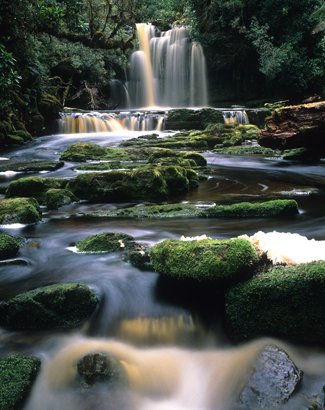World Water Monitoring day

IT FALLS FROM the sky, it covers 70-percent of the world’s surface, and most living organisms rely on it one way or another to survive. Water is the lifeblood of our planet and sustains life as we know it. Over time, however, the purity of this important resource has become contaminated.
That’s why hundreds of thousands of people from around the world, including countries such as, the US, Spain, Malaysia, Romania and Australia are collaboratively collecting information by testing their local waterways in an effort to improve water quality.
Through an international education and outreach program organised annually by the Water Environment Federation (WEF) and International Water Association (IWA), volunteers using simple test kits, will test for the four water quality indicators: pH, temperature, turbidity, and dissolved oxygen. The information is then entered online which is shared internationally in an interactive data map.
“This leads to a greater understanding of the factors impacting water quality and what the individual can do to help preserve it,” says Lorien Walsh Assistant Director of Communications for WEF. “Preserving water quality benefits communities in a number of ways – anything from ensuring that our lakes and rivers remain pleasant places to recreate, to maintaining public health.”
Water supply tested on World Water Monitoring Day
As well as contributing data, the WEF, in conjunction with the IWA, is encouraging participants to take part this year in World Water Monitoring Day (WWMD) on September 18. The annual event focuses on monitoring water quality conditions, and engaging awareness about water contamination.
Lorien believes that, the data can also be used for educational purposes. “My water quality isn’t so good, but upstream it’s fine,” she says. “What’s happening between Point A and Point B?”
Data collected needs to be entered into from the period March 22 until the December 31 deadline so annual reports can be released. Followers are encouraged to take part in their own WWMD during the selected period.
“We are all responsible for clean water,” Lorien says, “Too often the assumption is made that we have unlimited supplies of H2O…but this is not the case – much of it is too salty to use, frozen, or unclean!”
Last year, more than 200,000 participants from 85 countries monitored and collected data. Although Australia’s numbers of participation are low compared internationally, WEF are encouraging more Australians to get involved.
For more information on how to take part in WWMD or conduct your own water condition surveys, visit the World Water Monitoring Day website.
RELATED STORIES

